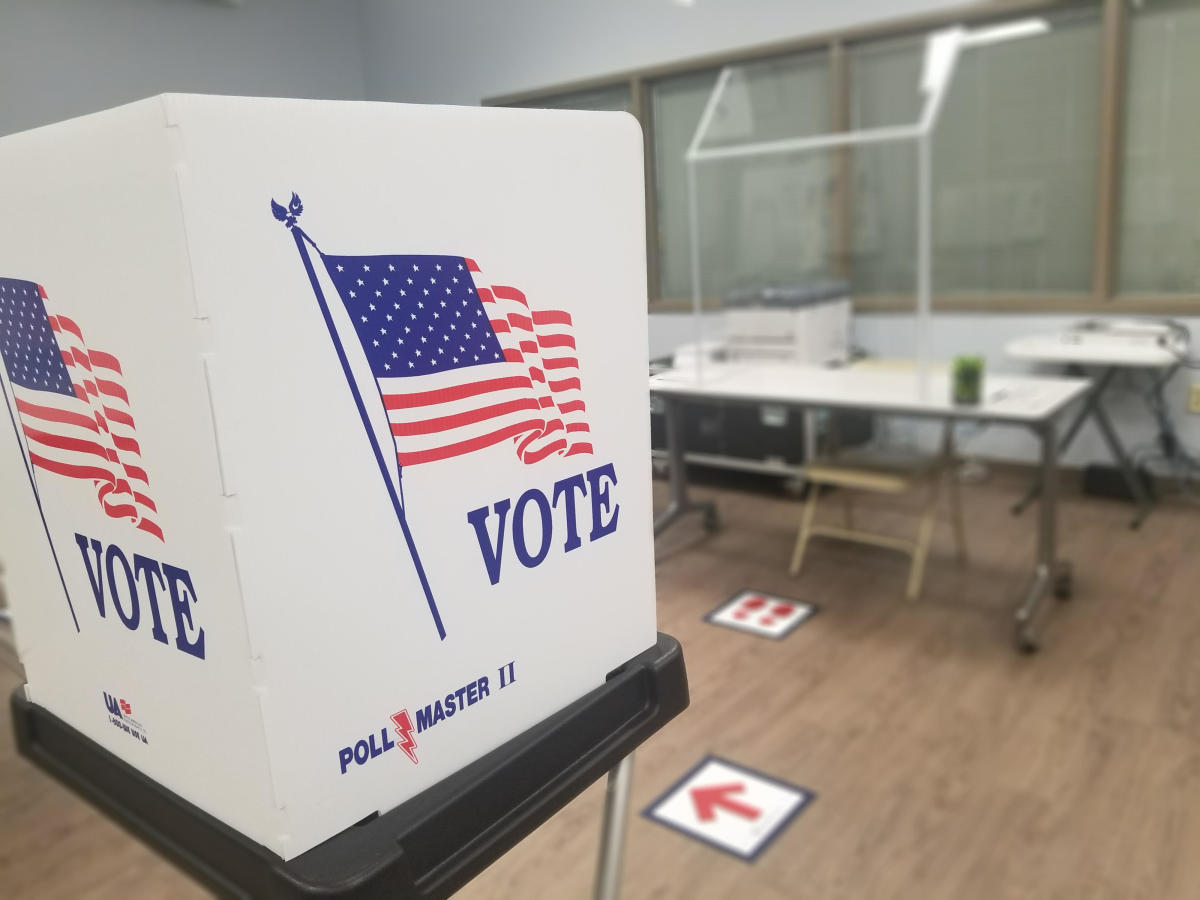| Editorial Board | Tampa Bay Times |
Do you long for less polarizing elections? Do you think the two major parties have too much influence? Do gerrymandered districts make you cringe? Are you an independent voter who feels shut out of the process? Hard to blame you. But there is an answer: ranked choice voting.
Right now, Florida voters cast a ballot for one candidate in each race. In primary elections, including those for Congress and the state Legislature, the winner often doesn’t get a majority of the votes. In Tuesday’s election, for instance, Republican Laurel Lee won her party’s primary in U.S. House District 15 with 41 percent of the vote . Alan Cohn only captured 1 out of every 3 votes in winning the Democratic race in the same district. That’s not to pick on Lee and Cohn. But in each of their primaries, a majority of voters wanted someone else. And yet they are the only two choices voters will have in November’s general election. It shows how candidates don’t need to cater to the majority of voters to win races.
”A big hurdle: Ranked choice voting isn’t allowed in Florida.
With a few exceptions, only voters registered as Republicans or Democrats get to vote in their party’s primaries. The closed system effectively shuts out 29% of Florida’s electorate — third party and independent voters — from many of the most important primary races. Yes, the 3.9 million voters registered as No Party Affiliation in Florida could join the Democrats or Republicans, but many of them don’t want to support the two-party duopoly, and who could criticize them given the polarization within the current system? After all, none other than President George Washington cautioned the nation about dividing into political parties and the likelihood that they would allow “unprincipled men” to “subvert the power of the people and usurp for themselves the reins of government.”
Ranked choice voting would also help:
Elect candidates with broader appeal. Any politician who hopes to win must convince enough voters to rank them first, but in many cases they’ll also need second- and third-place voters. Instead of scorched earth campaigning, they have to listen to their opponents’ constituents if they want to capture those second- and third-place votes. Once in office, winning candidates who want to be reelected would have a greater incentive to reflect the ideas and values of more of their constituents, not just those of their hardcore supporters.
Support majority rule. A majority of voters — instead of a plurality, in many cases — will have helped elect their representative, even if the candidate was not their first choice.
Create more choices from across the political spectrum. In the current system, Democrats and Republicans dominate partisan elections. In fact, candidates from outside of the two major parties are often described as spoilers. The oft-cited example is the Green Party’s Ralph Nader siphoning enough votes from Democrat Al Gore to help Republican George W. Bush win the 2020 presidential election. In the ranked choice system, voters can make an independent or small party candidate their first choice without fear of wasting their vote or swinging the advantage to a candidate they don’t like. They vote knowing that the system automatically considers their second choice if their first choice is eliminated.
Ranked choice voting can be used to select a single winning candidate from a district, much like we do now, or select multiple winners, in a system sometimes called proportional ranked choice voting. The proportional system mitigates winner-take-all elections. The majority still wins most of the seats in a multiseat district, but any group with enough voters can elect winners in proportion to its share of the votes. Think of it this way: In a strong Democratic district with only one seat, Republicans are often shut out entirely. The proportional system, with its multiple winners in each district, ensures a better chance of at least one Republican candidate being elected in Democratic leaning districts — and vice versa. More voters would feel as if their vote mattered, especially in places dominated by one of the two major parties. Another advantage of the proportional system is that districts can be much larger, which can mitigate the effects of gerrymandering.
Ranked choice voting has limitations. The system puts a thumb on the scales against extremist candidates, though that does not mean they can’t win. The two dominant parties will remain dominant, though less so. The system is also criticized for being complex, but ranking candidates is hardly rocket science. There is also some evidence that switching to ranked choice voting could initially suppress voter turnout as people get familiar with a new way of voting. For that reason, any move to ranked choice voting should include an education and awareness campaign. Done right, ranked choice voting also requires spending money on technology to count votes quickly, otherwise the “instant” run off isn’t so instant.
Two states — Alaska and Maine — already use ranked choice voting, as do dozens of local jurisdictions in New York, Minnesota, Colorado, Utah, New Mexico and California, among others. Several states including Arkansas, Alabama and South Carolina employ ranked choice voting for military and overseas ballots. Many political parties have used it to select nominees to various offices including the Indiana Republican Party and the Nebraska Democratic Party. At the GOP convention in Virginia last year, Republicans employed ranked choice voting to select Glenn Youngkin, who went on to win the governor’s race. Both former Democratic President Barack Obama and the late Republican Sen. John McCain supported forms of ranked choice voting during their careers. Ranked choice voting is not liberal or conservative. It’s just smart.
How could it work in Florida? One option would be to mimic Alaska , which adopted ranked choice voting in 2020 for all state and federal general elections and in the 2024 presidential election. Other than the presidential contest, the state uses a two-step process. Its primary elections are open to all candidates regardless of party affiliation. The top four vote getters go through to the general election, which is held several weeks later. Voters then use ranked choice voting to select a winner from the final four candidates. In Florida, a similar system would open up the primaries to millions of disenfranchised independent and small-party voters. And the candidates in the general elections would likely represent a wider array of political views than they do in the current system, which often pit one Republican against one Democrat.
A big hurdle: Ranked choice voting isn’t allowed in Florida. Sarasota voters overwhelmingly approved ranked choice voting in 2007 and others flirted with the idea but questions arose about whether the voting system was legal in the state. Earlier this year, Gov. Ron DeSantis ended any doubt when he signed a law that banned ranked choice voting.
Floridians shouldn’t let it go with that. In general, this Editorial Board believes constitutional amendments should be rare — that the Legislature should make the laws. The state Constitution is already too cluttered with dictates better addressed in state laws. But voting is a constitutional issue, and state lawmakers who have a vested interest in the current system are unlikely to push for this needed change — or to overturn the recent law banning ranked choice voting. If lawmakers won’t act, the 2024 ballot should include a question about updating the constitution to include ranked choice voting. Florida’s voters should get the chance to decide if they like it better than the flawed process the state uses now.





